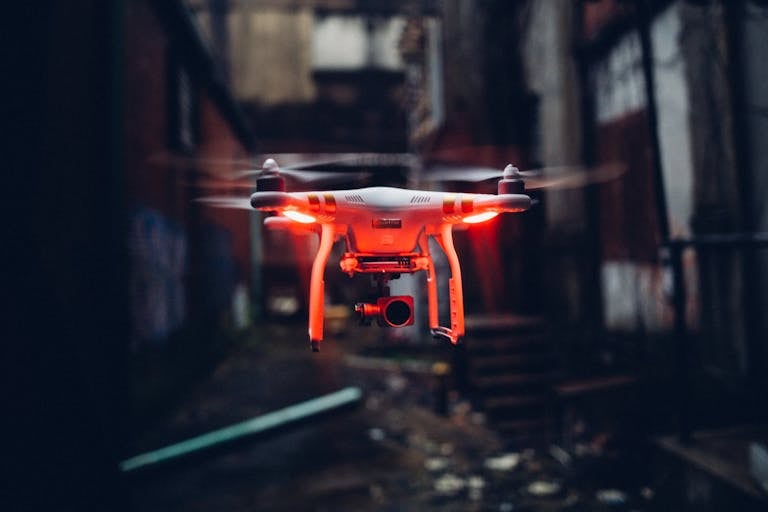How AI Will Be Used to Detect Lies
Scientists and law enforcement agencies have long tried to develop reliable ways to detect lies. Traditional methods like polygraph tests measure things like heart rate, blood pressure, and breathing patterns.
But these signals are not consistent indicators of truth. Nervousness and deception often produce the same physical responses, making the results difficult to interpret.
AI offers a fundamentally different approach. Rather than relying on a small set of stress-related signals, AI systems can analyze a wide range of subtle human behaviors, combining them to make more informed and consistent predictions about whether someone is being honest.
Even though there hasn’t been much mainstream attention on it, work is quietly progressing in this field. These systems are still in their early stages, but the way they work—and where they’re headed—is becoming increasingly clear.
How AI Lie Detection Works
Humans already detect lies by reading cues like body language, facial expressions, and tone of voice. We do it every day, often without thinking—whether it’s spotting someone’s discomfort in a conversation or sensing when someone is hiding something.
However, human judgment is inconsistent. That’s where machine learning comes in. By analyzing millions of examples of both honest and deceptive behavior, AI can detect the same cues we do—eye movement, microexpressions, vocal shifts, hesitations in speech—but with much greater accuracy and consistency.
These systems use a combination of techniques:
1. Facial and body cues
Using machine vision, AI can detect microexpressions and small body movements. For example, someone might flash a look of fear or guilt before answering a question. Their posture might stiffen or shift when they’re trying to hide something. These are the kinds of subtle cues that often slip past human observers.
2. Voice and speech patterns
AI can analyze vocal characteristics such as pitch, speed, and hesitation. When someone is lying, they may pause longer, speak more quickly, or their tone might subtly change.
3. Language analysis
Natural language processing allows AI to evaluate the actual words being used when someone is attempting to lie. People who are lying often speak less directly, evade questions, or over-explain their answers. AI can instantly spot these patterns across conversations.
Where AI Lie Detection Will Be Used
Once the technology matures, AI lie detection will become a standard part of many industries and institutions. It’s not a matter of if—it’s a matter of when.
Law enforcement and forensics
Police departments and forensic teams will use AI to assist in interrogations and witness interviews. Unlike polygraphs, which are unreliable, AI can offer a more data-driven approach to evaluating statements.
Hiring and internal investigations
Companies will adopt AI lie detection for interviews and workplace investigations to verify high-stakes disclosures or assess risk in sensitive roles. Especially in fields like finance, government, or cybersecurity, these tools will become part of standard screening processes.
Insurance and financial services
Insurers and banks will use AI to flag potentially dishonest claims, review disputes, and speed up fraud detection. This can reduce costs, improve consistency, and make investigations more efficient.
Everyday life and personal use
Eventually, the technology will filter into the consumer space. People will use it in relationships, during arguments, on dating apps, or even to confront suspected dishonesty in day-to-day life. Lie detection will be built into video calling apps, wearable devices, or home assistants.
Accuracy and Limitations
While AI lie detection has huge potential, it won’t be perfect at first. Early systems will generate false positives and false negatives. A person might be flagged as deceptive simply because they’re anxious, neurodivergent, or culturally different from the training data. A calm and well-practiced liar, on the other hand, might escape detection.
To reduce these issues, systems will combine multiple signals—facial expressions, tone, body language, and word choice—and evaluate behavior over time rather than relying on isolated reactions. With this kind of layered analysis and large-scale data, accuracy will steadily improve.
Eventually, AI lie detection will be nearly flawless. But getting there will take time, research, and refinement.
What Happens When You Can’t Hide Anything?
If AI can accurately detect lies, it doesn’t just impact criminals or job applicants. It changes how people relate to each other. It will become impossible to bend the truth, dodge a question, or hide how you really feel.
That might sound like a good thing—greater honesty, less manipulation. But it could also backfire. In personal relationships, a slip in tone or a nervous look might get overanalyzed. Everyday conversations could start to feel like interrogations.
AI lie detection promises transparency, but it also threatens privacy. It’s likely to face massive regulation—not just because it could disrupt the fabric of society, but also because it will expose uncomfortable truths, including the lies of public figures and politicians. That alone could trigger significant political and social tension.
And yet, like many AI technologies, regulation may struggle to keep up. As open-source tools emerge and AI becomes easier to run locally, individuals will be able to use lie detection privately—on their phones, in their homes, or even during casual conversations. Whether we’re ready or not, the ability to detect deception with machine-level precision is coming. And it will change everything.


